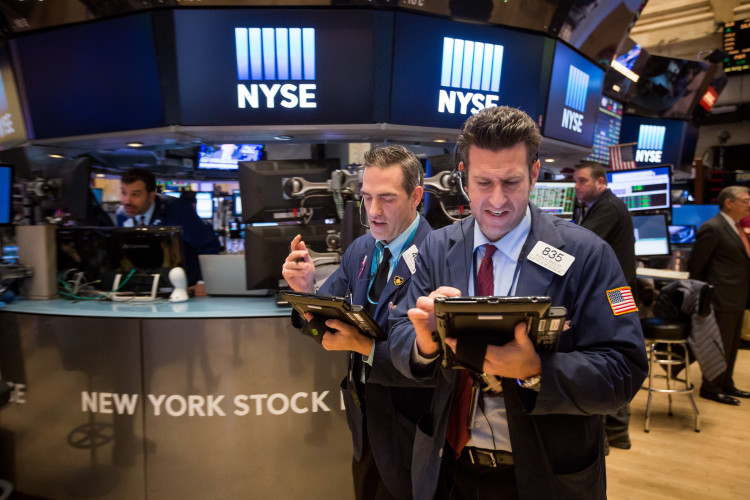Vanguard Is King Because Mutual Funds Aren’t Jeans: Gadfly

(Bloomberg Gadfly) —The New York Yankees. The New England Patriots. The UCLA Bruins. The Vanguard Group?
Vanguard may not come to mind when thinking about dynasties, but that’s about to change. Vanguard is dominating the fund business, and the numbers are staggering. It managed $1 trillion seven years ago; now that figure is $4.2 trillion. According to Morningstar, Vanguard took in $823 billion over the last three calendar years. That’s 8.5 times more than the net assets that flowed to the rest of the industry combined.
It’s not hard to see why Vanguard is so popular. (I’m one of its 20 million investors.) Vanguard famously charges low fees for its mutual funds and ETFs. According to Vanguard, the average expense ratio of its funds is just 0.12 percent. Vanguard is also owned by its investors, which allows it to return profits back to them in the form of even lower fees.
But every dynasty eventually attracts detractors, and Vanguard is beginning to take some heat. One recurring criticism is that its low-cost indexing approach has ignited a crusade against the higher fees charged by other fund companies — and the fat profits that those fees generate. A fund, the critics argue, is a product like any other and entitled to turn a profit. Why, then, don’t the fee-crusaders scrutinize the prices and profits of companies that sell other products, such as autos or mobile phones or jeans?
The question is intuitively appealing, but there’s a notable difference between buying a mutual fund and, say, a pair of jeans. When you buy jeans, the seller actually has to deliver a pair of jeans. If the jeans aren’t perfect, or even if you don’t like them within a specified period of time, you can return them and get a refund, or at least a replacement pair. There’s little if any risk involved in buying jeans.
The same is true for most products and even services. Your tax accountant must deliver a properly prepared tax return. Your trust lawyer must deliver a properly executed trust. If they don’t, you don’t pay for their services.
But what is a fund company required to deliver? The answer is nothing. If the market sinks and investors lose their money, they don’t get it back. If an actively managed fund fails to beat its benchmark — or an S&P 500 fund fails to track the index — investors can’t demand the difference.
It has to work that way, of course. If investors didn’t bear the risk of investing, no one would manage money and there wouldn’t be any funds to invest in. With very few exceptions, therefore, investors have no recourse if they’re unhappy with their funds, other than to sell them and try other ones.
One way to think about the cost of most goods and services is that the price includes an insurance premium. That insurance policy covers consumers against the possibility that the product is defective or fails to live up to its expectations. In other words, the fact that the seller bears most of the risk is built into the price.
Those protections aren’t available to investors. So at the very least, the price of a fund should be lower than the price of a pair of jeans — all other things being equal — by the value of that insurance premium. More practically, the price of a fund should give investors the highest chance of success while still allowing fund companies to make a reasonable profit.
Percentage of actively managed funds that routinely miss targets net of fees: 80%
Granted, that’s not an obvious balance to strike, but the prices of most funds are nowhere near that balance. The majority of funds are actively managed and 80 percent or more of them routinely fail to beat their benchmarks net of fees. Clearly, there’s an incredibly low probability that investors will get what they’re paying for. That realization alone doesn’t imply how much funds should charge, but less would be a good start.
To its credit, Vanguard figured all this out in the 1970s. And by returning its profits to investors, it affords them a high chance of success. That doesn’t mean other fund companies have to follow. But until the fund industry strikes a better balance between investor outcomes and their own profits, they better get used to the Vanguard dynasty.
This column does not necessarily reflect the opinion of Bloomberg LP and its owners.




No Comment